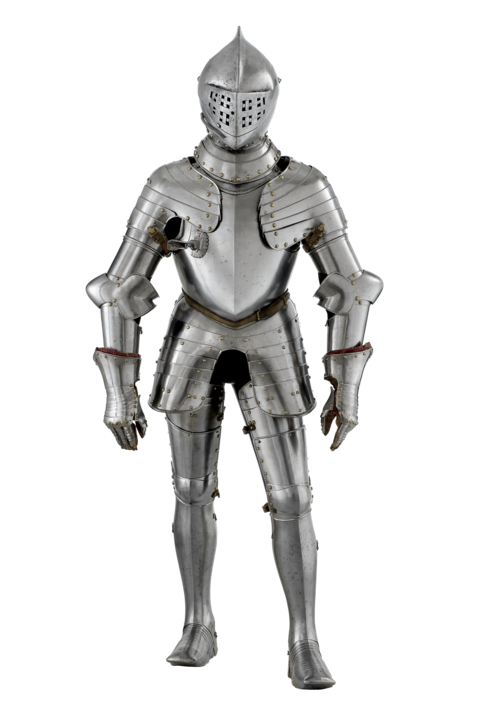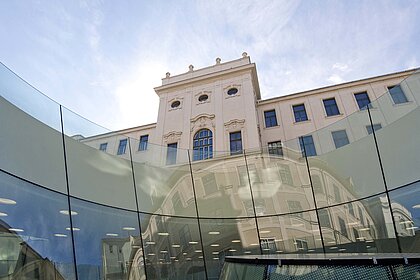This field armour was made around 1560 by the Augsburg armourer Conrad Richter, who was brought to Graz by the Styrian estates because of his excellent reputation. Charles II probably wore this equestrian armour in 1566 during his campaign against the Ottomans.
Discover the
Universalmuseum Joanneum
Graz
Styria
Today: 10:00 - 16:00

More than 85 animal species from all continents live in the Herberstein Animal World.
Universalmuseum
Joanneum
Back to Universalmuseum Joanneum
Styrian Armoury > Discover > Collection > Defensive arms > Field armour of Archduke Karl II of Inner Austria
Field armour of Archduke Karl II of Inner Austria
Werkstatt Conrad Richter, Augsburg, c.1565

Image Credits
Following the death of his father Ferdinand I in 1564, Archduke Charles II assumed rule of the south-eastern part of the Austrian Erblande (hereditary lands): Inner Austria. This included the duchies of Styria, Carinthia, Carniola as well as areas of the county of Gorizia, parts of Istria and Friuli, and the two Adriatic ports of Trieste and Fiume. He chose Graz as his capital and city of residence, since its good fortifications and built structures seemed to make it the most suited to his purposes.
His father’s reign was marked on the one hand by denominational tensions between the Protestant estates and the Catholic Habsburgs, and on the other by Ottoman expansion. Inner Austria directly bordered on the areas in the south of Croatia and Hungary already controlled by the Ottomans. Hence from 1522 onwards a buffer zone developed in almost depopulated Croatia between the Ottomans and the Habsburgs, which was known as the Military Frontier. The administrative management of the border was carried out from Graz together with representatives of the estates and the Hofkriegsrat (war council) of Inner Austria.
Archduke Charles II died in Graz in 1590 and was buried in Seckau Abbey. On his tomb, his effigy is wearing full armour. The original of this armour can be seen today in the Landeszeughaus.
Newsletter
News from our houses first hand: The official newsletter of the Universalmuseum Joanneum:
Our Programme
Discover
About us
© 2024 Universalmuseum Joanneum GmbH
Herrengasse 16, 8010 Graz

















